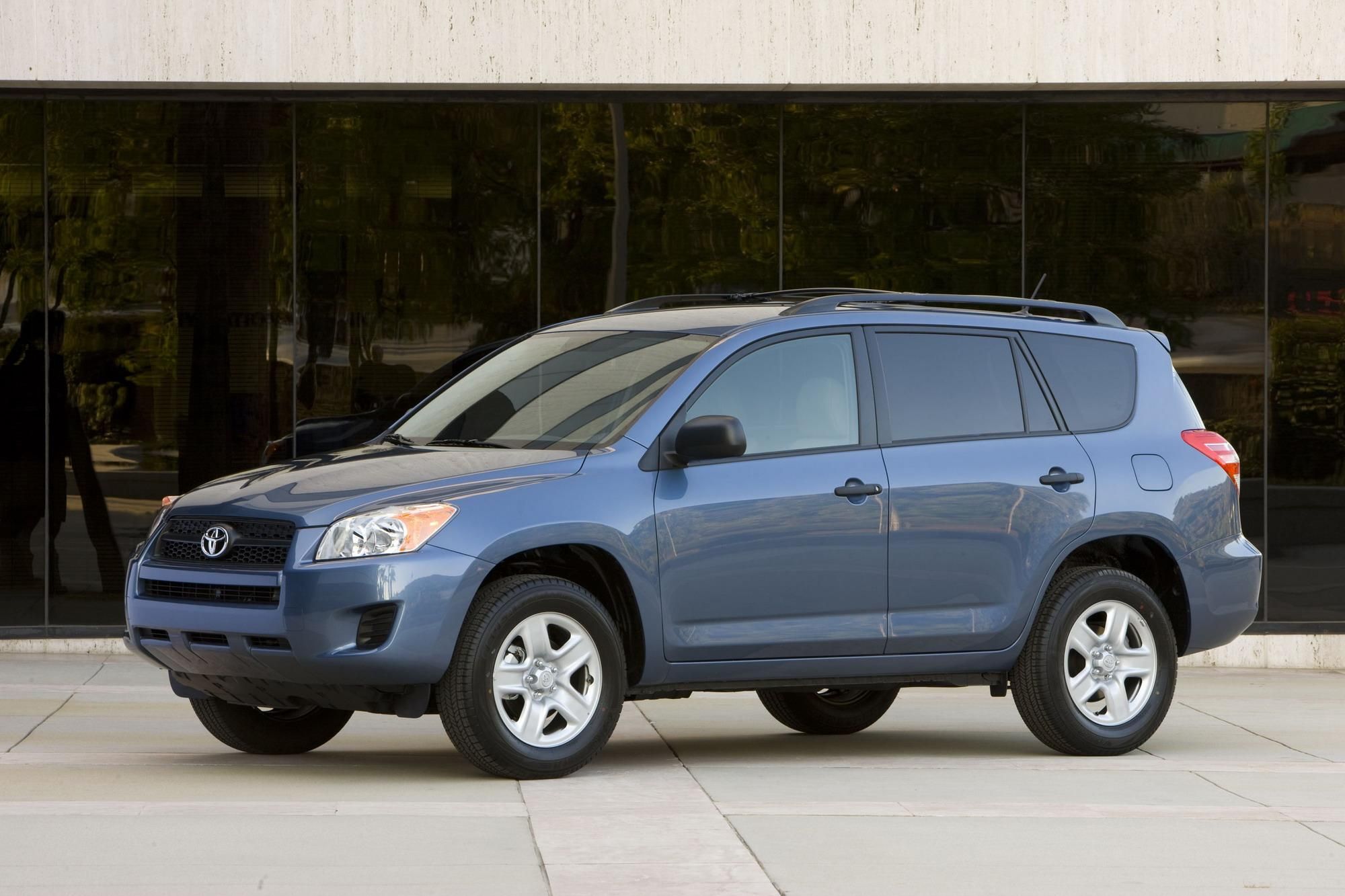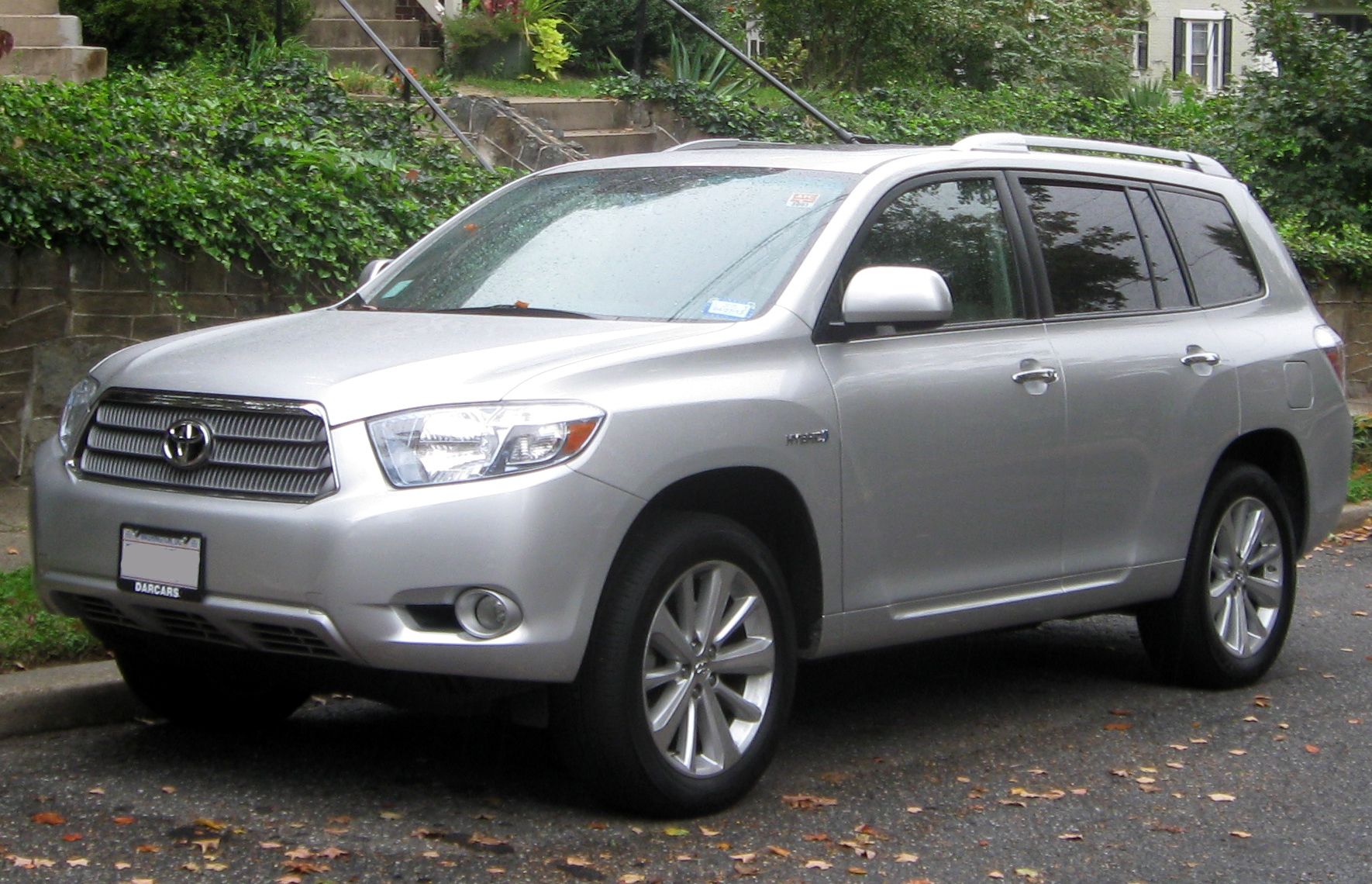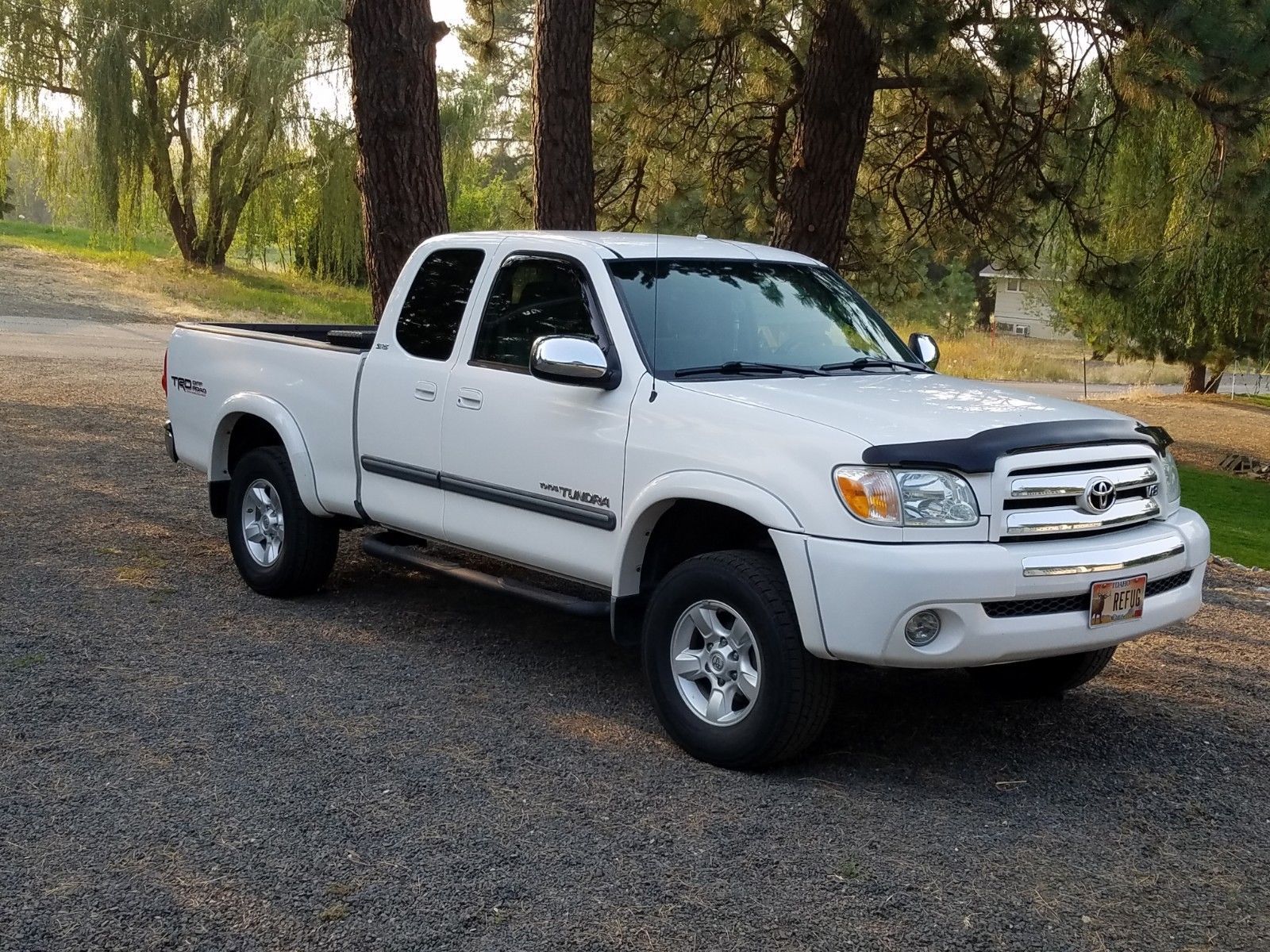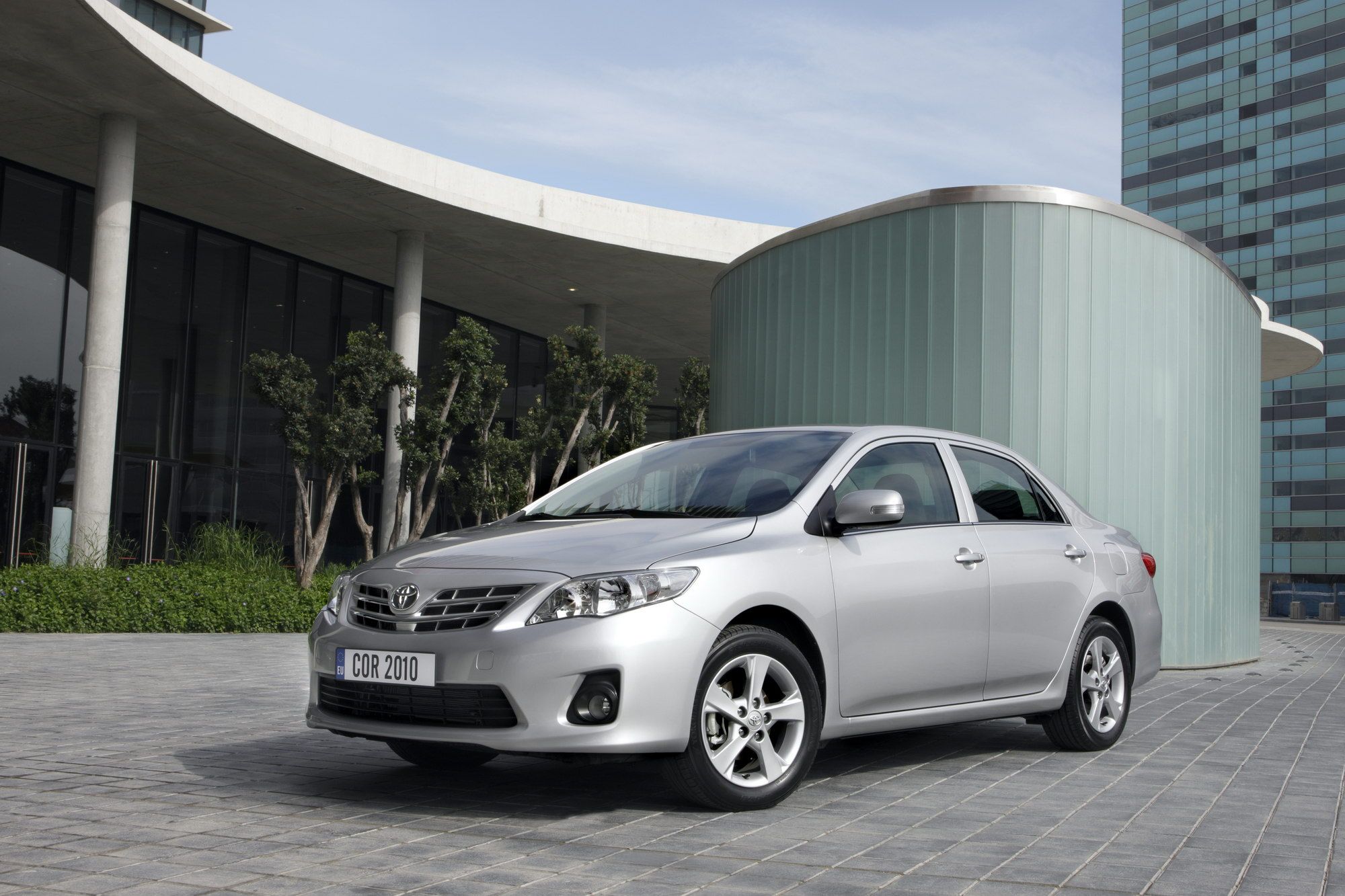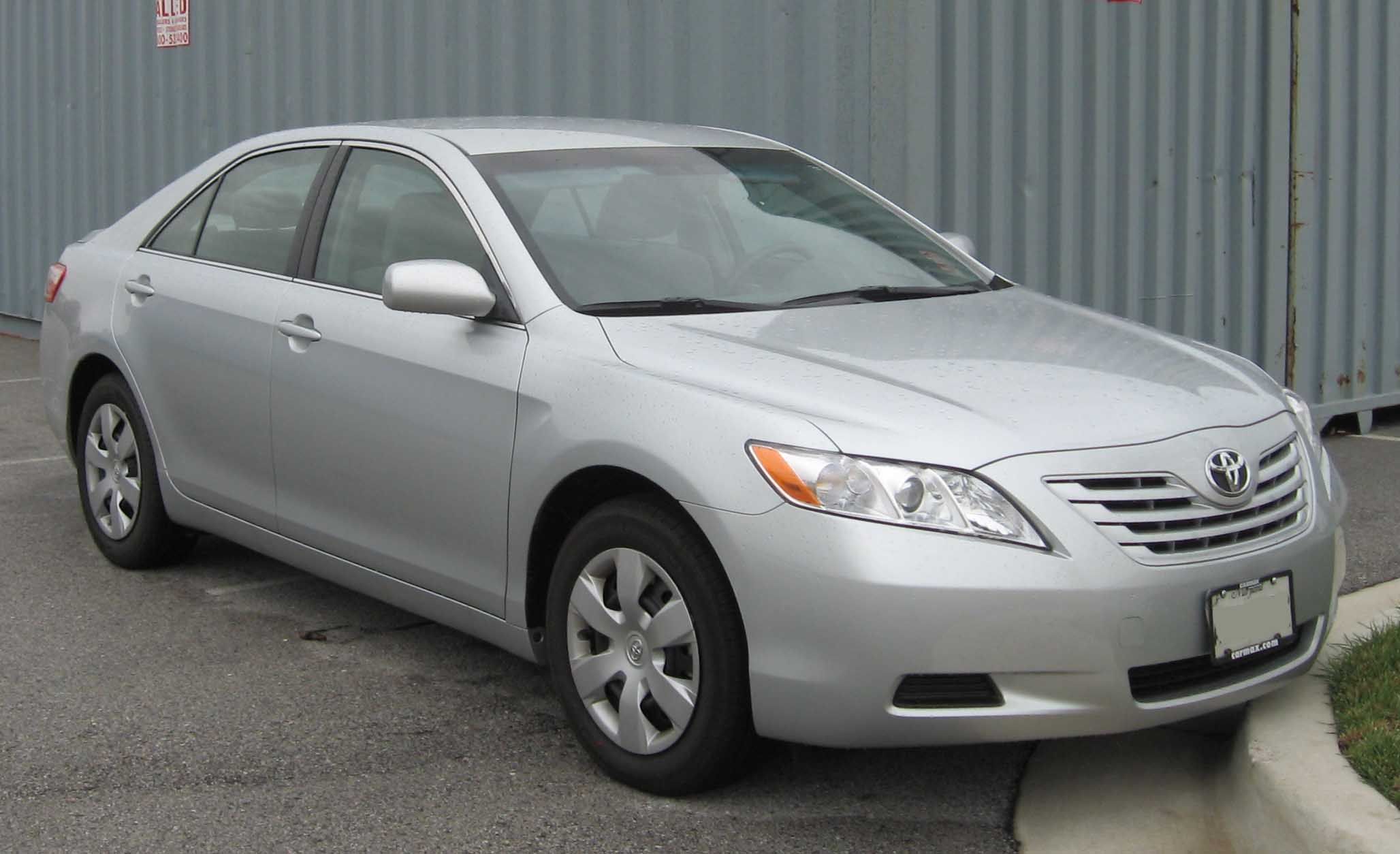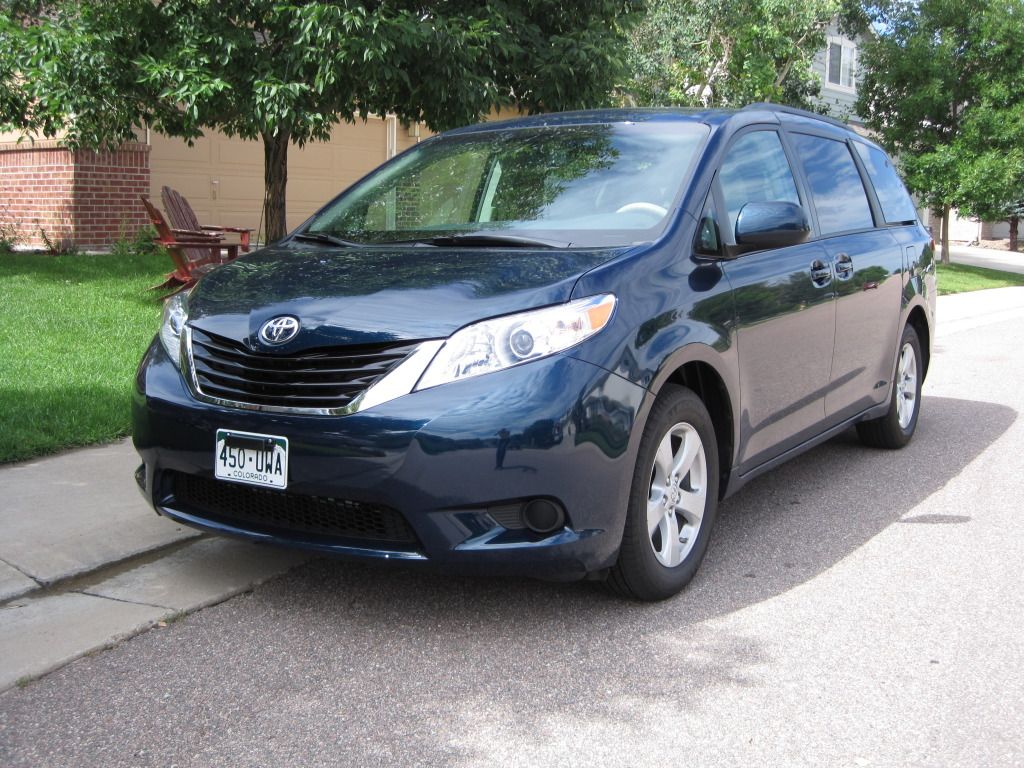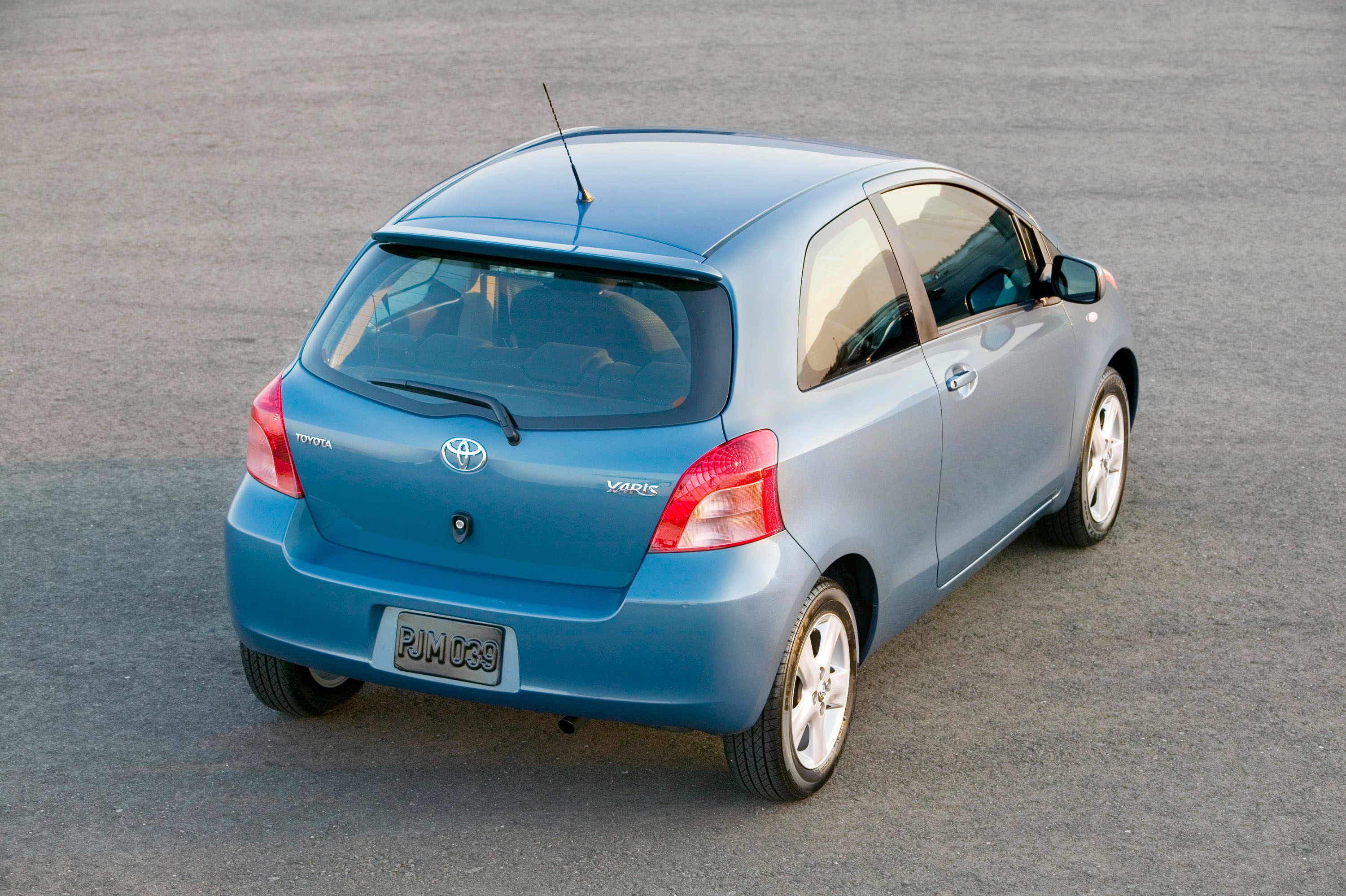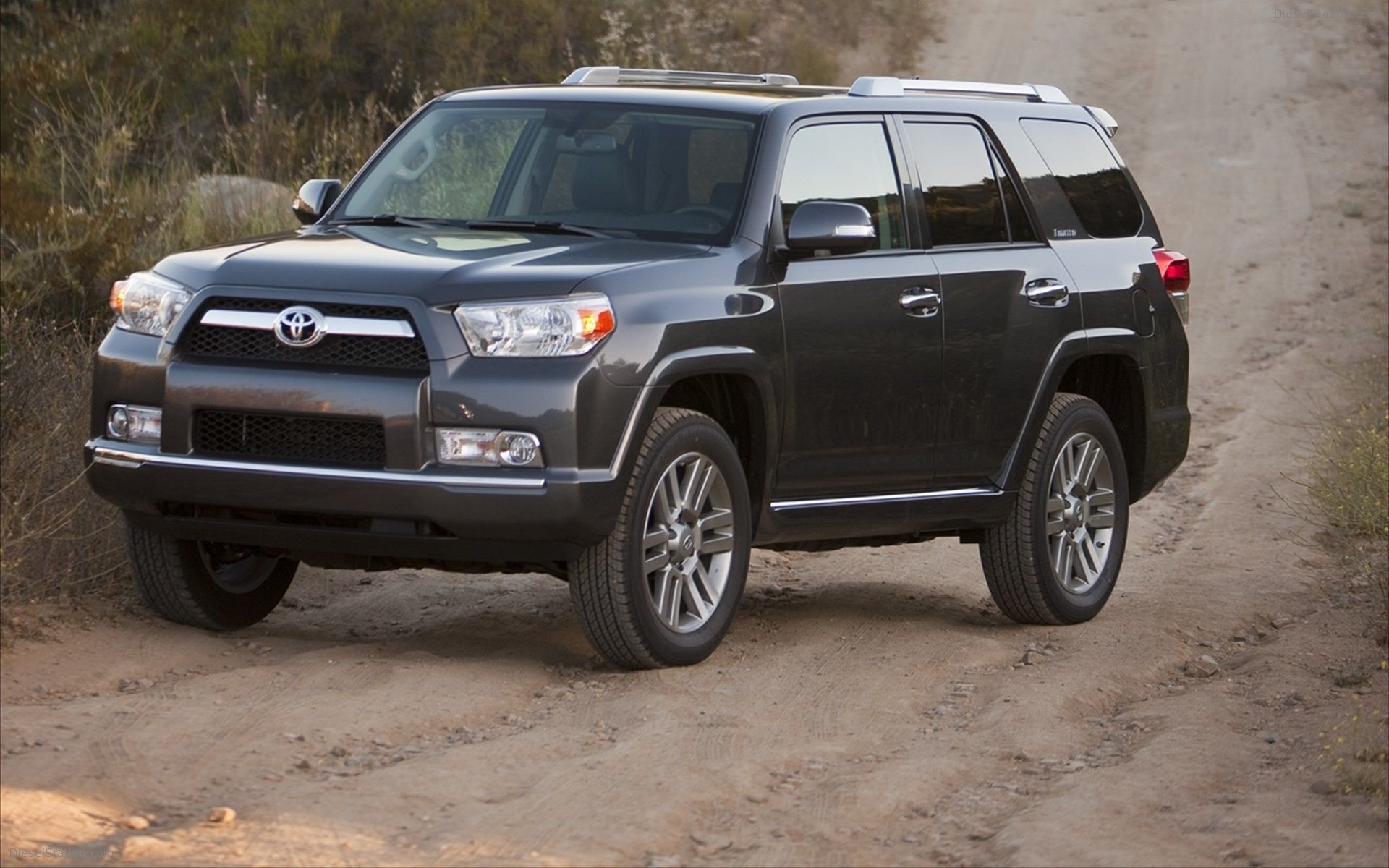When it comes to Japanese cars, only a handful can rival the popularity of Toyota. The company’s history dates all the way back to 1937 when Toyota Motor, Co. Ltd. was established. Since then, it has grown into a global corporation that enjoys a dominant presence in the Asian and North American automotive industry.
Indeed, Toyota cars are popular among car buyers. After all, they’ve got everything from SUVs to pickup trucks and even electric vehicles. However, that doesn’t mean they are not without issues. Here are some problems associated with Toyota cars over the years:
10 Wipers That Refuse To Operate
This problem is specific to the 2010 Rav4 and Rav4 EV. At first, the windshield wipers would operate normally. Over time, however, the water dripping onto it would cause wear and corrosion at the wiper’s motor link joint. Because of this, the wiper motor crank arm and wiper link may eventually separate from each other.
When this happens, the windshield wipers will no longer become operational. As a result, the driver may experience significantly reduced visibility while driving the vehicle in the middle of the rain. This can also increase the likelihood of a road accident or crash.
9 Melting Power Window Master Switch
This problem is said to be caused by insufficient lubrication in the sliding electrical module of the car’s Power Window Master Switch. As you continue to operate the affected vehicle normally, a short circuit may occur between the contact points. When this happens, the switch assembly may proceed to overheat and melt.
Even worse, the melting switch may also start a fire. The affected cars include specific year models of the Rav4, Sequoia, Camry, Camry Hybrid, Corolla, Corolla Matrix, Highlander, Highlander Hybrid, Yaris, and Tundra.
8 Side Curtain Airbags That Deploy Without Warning
As a car owner, it’s always nice to know that your car has more than enough airbags to protect you and your passengers in case of a crash. That said, no one ever expects these airbags to deploy when there is no collision.
Unfortunately, this is exactly what can happen in certain year models of the Tundra, Land Cruiser, 4Runner, and Sequoia. According to the filed safety recall report, there was a problem with the programming of the airbag system in the affected cars’ Airbag Sensor Assembly.
7 An Accelerator Pedal That Can Get Stuck In Open Position
This is a problem that affects different year models of the Highlander, Corolla, Matrix, Venza, according to records from the National Highway Traffic Safety Administration (NHTSA).
This issue is caused by a possibly incompatible or unsecured floor mat that can get the accelerator pedal stuck while the car is being driven. If this occurs, the car may suddenly travel at very high speeds while the driver is struggling to stop the vehicle. It is believed that more than 1.1 million vehicles were affected by this issue.
6 Sticky Accelerator Pedal
This problem is caused by the way that the sliding surface of the accelerator pedal in the pedal sensor assembly and friction lever interacts with each other. If condensation on the surface occurs while the pedal assembly is cold, friction may increase as the pedal as the driver operates the accelerator pedal.
As this happens, there is a chance that the pedal would become hard to press or even be slower to return. It is also possible for the pedal to become stuck in a partially depressed position. This would make the affected car much harder to operate.
5 Inverter Failure That Can Cause An Engine Stall
The inverter assembly can be found in the hybrid system used in the affected 2006 to 2010 Highlander Hybrid cars. According to a copy of the defect notice, the Insulated-Gate Bipolar Transistors (IGBT) that can be found in the inverter’s Intelligent Power Module may be submitted to higher operating temperatures than what is considered allowable.
Because of this, the solder could decorate and the IGBTs can suffer from heat damage. In a worst-case scenario, the fuse in the car’s power supply circuit could blow and the hybrid system would shut down, making the car inoperable.
4 Sliding Doors That Open While The Car Is Moving
This problem was found to be present in the 2011 to 2016 models of the Sienna. Under certain conditions that impede the opening of the sliding door, its motor can stall when the door is operated. As it stalls, the door motor circuit can generate high current and operate the fuse for the door motor.
If the fuse is operated in an unlatched position with the sliding door latch mechanism, there is a possibility that the door would open while the minivan is being driven. This could pose a serious danger for any child or adult passenger in the vehicle.
3 Fuel Pumps That Can Possibly Fail
In this case, the fuel pumps contain impeller that can possibly deform as a result of excessive fuel absorption. If deformation should occur, this impeller may also interfere with the fuel pump body. Because of this, the car may experience rough engine running. Even worse, there is also a chance that the engine would refuse to start.
The vehicle may also stall while being driven at high speeds, which can possibly cause a road accident. The affected vehicles include certain year models of the Camry, Corolla, FJ Cruiser, Avalon, 4Runner, Land Cruiser, Sequoia, Tacoma, Sienna, Tundra, and Highlander.
2 Seats That Can’t Be Locked In Place
According to a copy of the defect notice, there is a chance for the springs that are used to lock the seat rails to break if the seat is adjusted forward or rearward regularly. If this happens, it would be no longer be possible to lock the seat in position. And in the case of a crash, the seat could suddenly move since the seat rail spring is already broken.
The Toyota cars affected by this issue include the 2006 to 2010 models of the Yaris. As part of the company’s corrective repair action, it offered to change the affected seat rails free of charge.
1 Seat Heaters That Can Burn You
Especially during the winter, seat warmers can be really comforting to the driver and his or her passengers. In some Toyota cars, however, it turns out that seat heaters can also give you serious burns. According to a copy of the owner notification letter, this can occur when the seat cushion experiences significant compression.
When this happens, the electrical writing of the heaters gets damaged and a short circuit can occur. This, in turn, could burn a hole in the affected seat cover. The affected cars include certain year models of the 4Runner, Avalon, FJ Cruiser, Venza, Corolla, and more.


